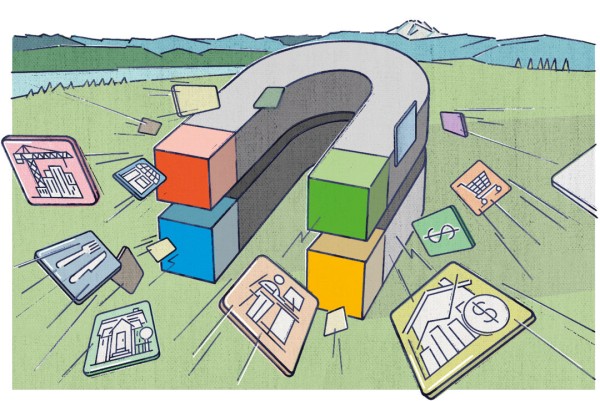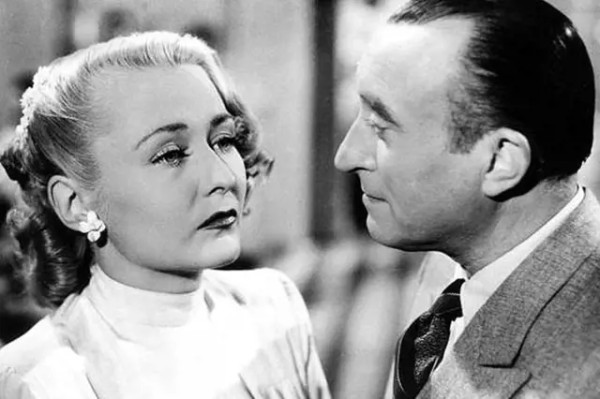
“Bellevue is big,” wrote Carolyn Casey of The Seattle Times in a story published November 28, 1984, “but it isn’t big enough for the rapidly growing Microsoft Corp., which has announced plans to move from its cramped location straddling Highway 520 in Bellevue to a much larger site in Redmond.”
That much larger site has now been Microsoft’s headquarters for nearly 40 years. Featuring close to 10 million square feet of office space spread over about 500 acres, the Microsoft campus is larger than the campuses of UCLA and the University of Oregon—though it doesn’t quite beat the University of Washington.
The opening and ensuing expansion of the Microsoft campus have also been key to the development of Seattle’s Eastside suburbs. It wouldn’t be fair to say that there would be no Eastside without them—after all, the floating bridges preceded the company’s move from Albuquerque, New Mexico, to Bellevue, then from Bellevue to Redmond.
But the Eastside certainly wouldn’t be what it is today without the influx of jobs and money that came with Microsoft’s rapid growth.
“The Eastside evolved into a place people wanted to live—not just commute from,” says Wes Jones, a longtime real estate agent based in Bellevue. “Microsoft’s expansion didn’t just bring in tech jobs—it created an entire ecosystem. For every Microsoft role, it’s often said three to four additional jobs were created in the service sector: restaurants, dry cleaners, small shops, and more.”
And over the decades, that impact has spread outward from cities along the 520 corridor all the way to places like Renton, Snohomish, and Mill Creek.
“Some people relocating are longtime Eastside residents cashing out on their home equity,” says Jones. Others are first-time buyers who simply can’t afford to buy closer in.”
Bellevue may not have been big enough for Microsoft back in the 1980s, according to that Seattle Times story. But thanks to Microsoft, it’s a heck of a lot bigger now.

